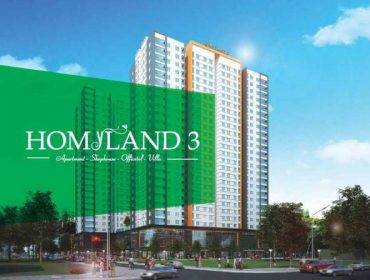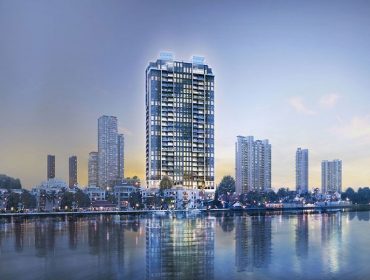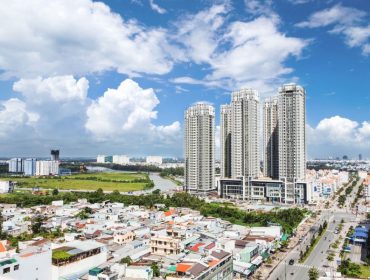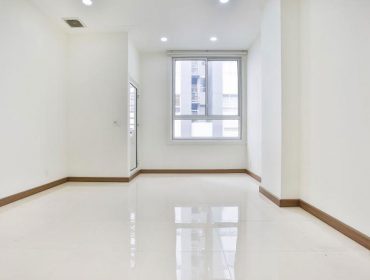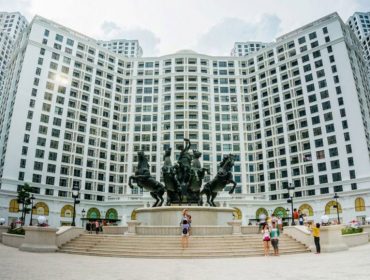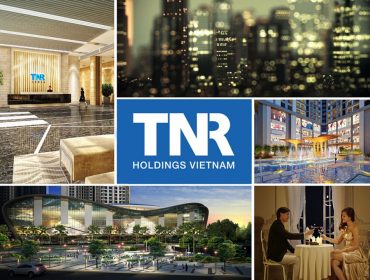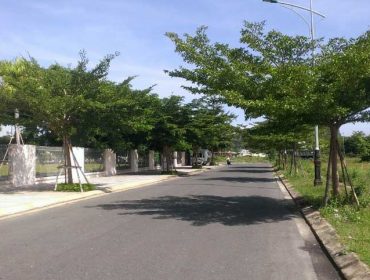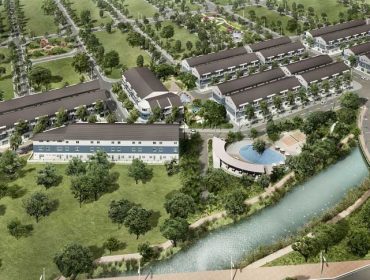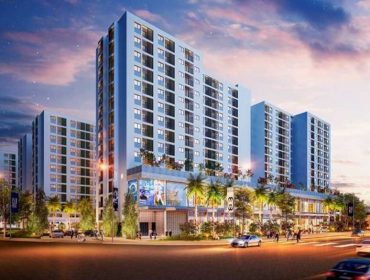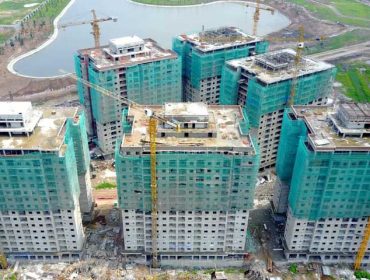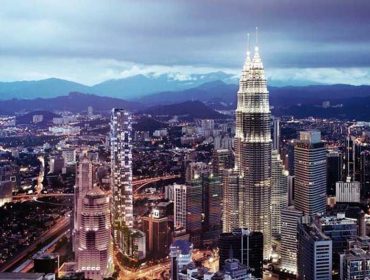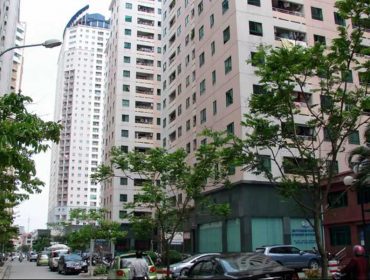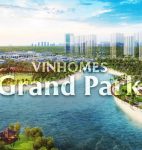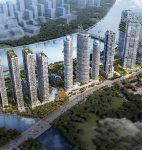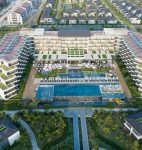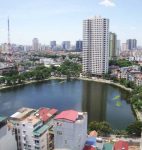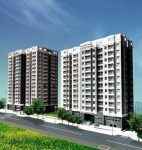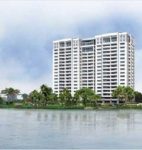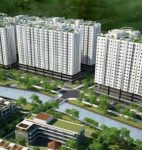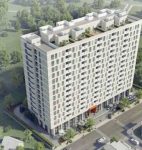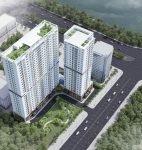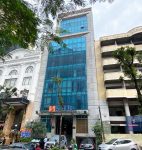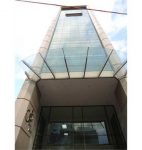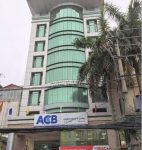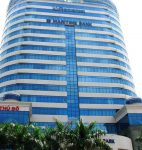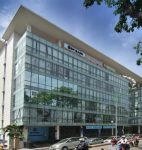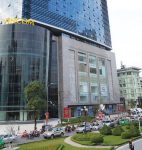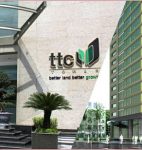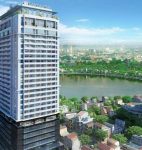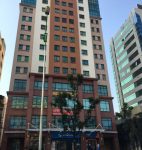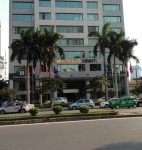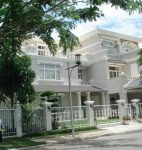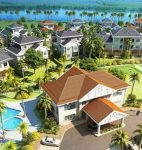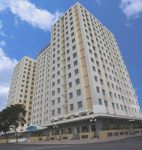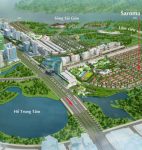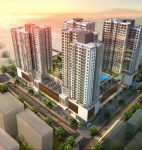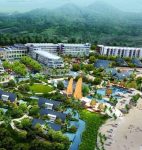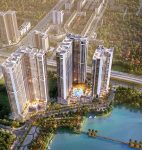Hotline:
(+84) 898 898 688How Has The Resort Real Estate Market Changed?
Stepping into the new phase, the segment of resort real estate not only shifts strongly in the structure of product types but also in the geographic shift is quite clear.
Large project series
If in 2016, the segment of resort real estate only recorded local heat in Da Nang, Nha Trang, Phu Quoc, in the first quarter, the market witnessed quite loud movement in Phan Thiet, Quy Nhon, Phu Yen, Quang Nam, Sapa, Quang Ninh, Vinh Phuc. Especially, the latest report from Savills Vietnam shows that the trend of investment in resort real estate in many localities in the north such as Quang Ninh, Hai Phong, Lao Cai and Vinh Phuc is becoming more active. Now transportation infrastructure is improving strongly.
At the same time, the tendency to learn from each other as well as discuss the connection of tourism products of the northern provinces is also growing. This expression can be seen at FLC resort projects. Whenever this corporation organizes events related to tourism real estate such as inauguration, groundbreaking, inauguration and so on in a certain locality, almost all participants are present. Locations where other FLC projects are located.
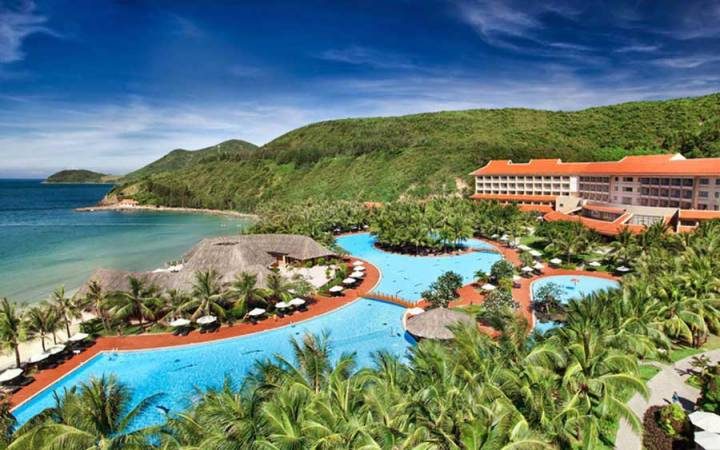
The products of resort real estate increasingly diverse to meet the needs of buyers.
Ms. Do Thu Hang, Deputy Director, Head of Department Research and Consultancy Savills Vietnam, said that thanks to changes in transportation infrastructure, such as Ha Noi – Lao Cai expressway, Ha Noi Noi Bai – Hai Phong, Cat Bi airport, Tan Vu – Lach Huyen sea bridge, Hai Phong – Ha Long expressway, etc. have created a boom in resort real estate in the potential tourism development mentioned above. Regional tourism products have also increased dramatically as large real estate developers are approaching closely to the needs and investment decisions of their clients.
The commercial street product line has been very popular, such as Little Vietnam’s Syrena project, Vinhome Dragon Bay, Mon Bay Ha Long, etc. Hotel market activities in some northern tourist areas have much flourishing.
In Quang Ninh, 3-5 star hotels with average capacity of 60-70%. In Hai Phong, the occupancy of each segment and the overall market improved over time. Lao Cai also noted that the market for 4-5 star hotels was approximately 70%, with four-star hotels in Sapa having higher average occupancy rates than other hotels in the same segment others.
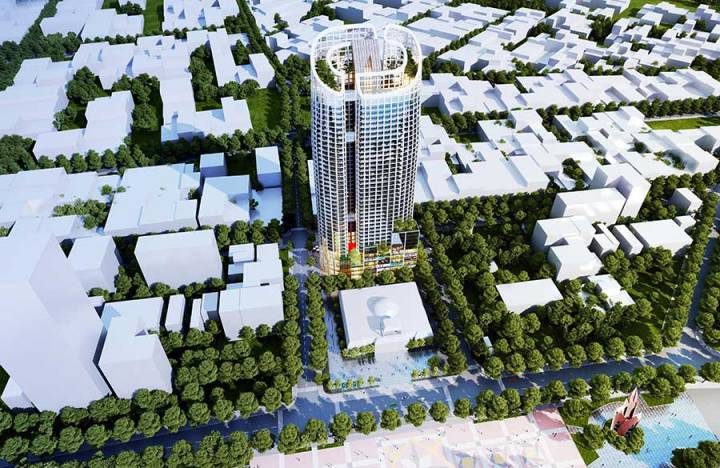

Panorama Nha Trang
Meanwhile, in Phan Thiet, Quy Nhon, Phu Yen, Quang Nam from late 2016, early 2017, these markets are also heating up day by day with a series of transportation infrastructure projects, accommodation facilities are developed Declare. For example, in Phan Thiet, there are hundreds of hectares of projects with total investment of up to trillions, such as Pegasus, Sentosa Villa, Phan Thiet Mui Ne SeaLinks Resort Resort, Phan Thiet beach, etc.
Following Da Nang, Quang Nam is being considered to be the next hot spots for the resort real estate market in Central Vietnam with a series of trillions of large companies committed to investing here since the beginning of the year. Including the project, Vingroup Group has just started construction of the resort complex worth 220,076 million USD here.
In this area, nearly 1,000 hectares of a Vinacapital project and other domestic and foreign partners are underway, which has encouraged many investors to invest capital here with large scale resorts. Most recently, Dat Xanh Group has announced that they will invest in the Opal Ocean View resort with over 176,060 USD investing in Nam Hoi.
Not just for the rich
Not only geographically, the resort property segment also records the shift in product structure: the “million dollar” products are losing their monopoly power, rather the crowning of the resort. The line of products suitable for the middle class such as condotel or apartment is priced from $44,015 – $132,045.
These projects, in addition, have a reasonable initial investment and can diversify the way investment is done in the form of subleasing the management and receive an annual income. This is a popular model at the moment with condotel projects present in the market today. In particular, investors only spend about 30% of apartment value, banks are supported with preferential interest rates, then the management unit profitable with a profit commitment from 8-12% per year based on total revenue.
In addition, the owners are also entitled to 15-20 days free of charge in the apartments themselves owned or exchanged in the same hotel project system apartment developers.
With projects invested by reputable investors, well-known brands managed and in places that attract a lot of tourists, this type of resort property is quite attractive. However, in many other projects, due to lack of advantages, the timeshare (holiday sharing) form is not attractive enough to customers, so developers have launched many other programs. In particular, many owners use the form of ownership of the full right to use such as settlement, transfer, self-trading or long-term lease contract with the investor.
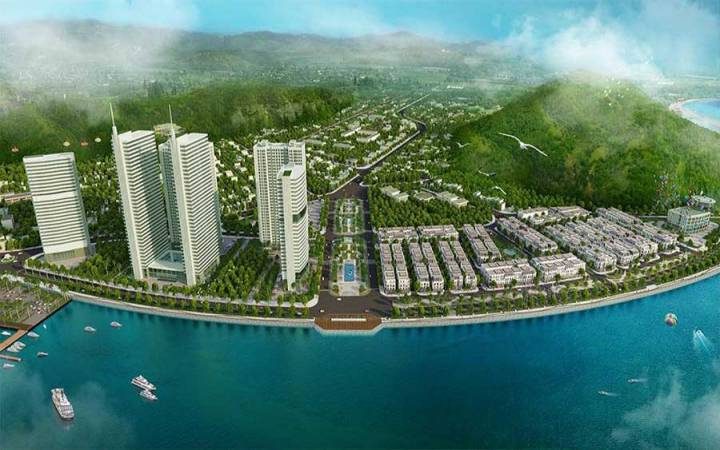

Vinhomes Dragonbay Ha Long
For example, the Panorama Nha Trang project (Khanh Hoa province), launched by Nha Trang Bay Investment Joint Stock Company and launched in mid-October 2015, applies a policy allowing buyers the freedom to declare. Accordingly, the buyer is selected for the purchase, use, business, or commissioning of the business.
Luxury Apartment, located in My Khe beach (Da Nang city), the owner of Alphanam Group flexible application, customers can buy to live in the apartment. Or if the customer buys for investment, it is also possible to put the apartment into a long-term rental program committed with attractive profit from the investor.
In addition to these two types of property, there is now a new type of business that is a “vacation property” owned by Paradise Bay Resort (ALMA), a subsidiary of Blenheim Group of billionaire Igal Ahouvi (Israel) deployed. However, this form has not really flourished because there are still legal issues that are not really clear between vacation ownership or apartment ownership.
According to PhD Vo Tri Thanh, former Deputy Director of Central Institute for Economic Management, potential growth for the sector Vietnamese real estate is very large. Vietnam has a continuing population growth rate, and the middle class is growing and international exchanges are expanding. Therefore, the type of product is also expanded. The resort property is unmistakable, not only for people with money to join, but also for other segments such as the elderly and insurance.
“Along with the robust development of the economy, the growing number of rich and well-off people is the need to own real estate for tourism, both as a resort and as a permanent home.” Mr. Thanh said that this is the motivation and opportunity for real estate developers to develop real estate.
You are reading the article How Has The Resort Real Estate Market Changed? in the Real Estate category at https://realestatevietnam.com.vn/. Any information sharing, feedback please contact through Hotline (+84) 898 898 688 (24/7) or email to contact.vietnamrealestate@gmail.com.
Special thanks!

